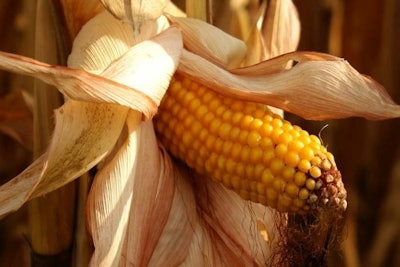
After the slowdown in chicken meat and pork production detected by monitoring carried out in the sector, Francisco Turra, the executive president of the Brazilian Association of Animal Protein (ABPA), said that, from the beginning of second half of this year, there was a reduction of pressure on the corn supply scenario in the poultry and swine production chains.
According to Turra, there are expectations that corn demand will be reduced by more than 1 million metric tons (MT) in the 2016 total, compared with forecasts of shrinking production in the second half of the year found by the ABPA in July.
This year, chicken meat production is expected to be 13 million MT (4 percent less than the 13.5 million MT expected earlier this year) and pork is expected to be 3.64 million MT (lower than the 3.76 million forecasted in January). This perspective comes from the strategies adopted by various companies to slow production, such as suspension of work shifts, closure of plant activities and other decisions in the productive sector.
"The positive outlook on corn supplies is also influenced by the grain supply of the Paraguayan and Argentine silos, in addition to the good performance of the first harvest, especially in the southern Brazilian states, which account for 70 percent of chicken meat production and 80 percent of pork production. However, it is essential for both sectors that imports from U.S. corn are feasible. With this, shortages we faced in the first half of the year should not be repeated,” Turra said.
Another positive factor in this scenario, according to Turra, is the slowdown in poultry meat production indicated by the United States and China, which is detailed in a report recently presented by Rabobank. Specifically, on Chinese production, the institution details a 5 percent reduction this year, and as much as 15 percent by 2017.
"This scenario points to a less pressured international corn offering, which should balance the costs of production toward a situation of improved competitiveness. At the same time, China indicators show signs of intensifying imports of poultry and pork, which is already noticeable in our export pattern," Turra said.
















